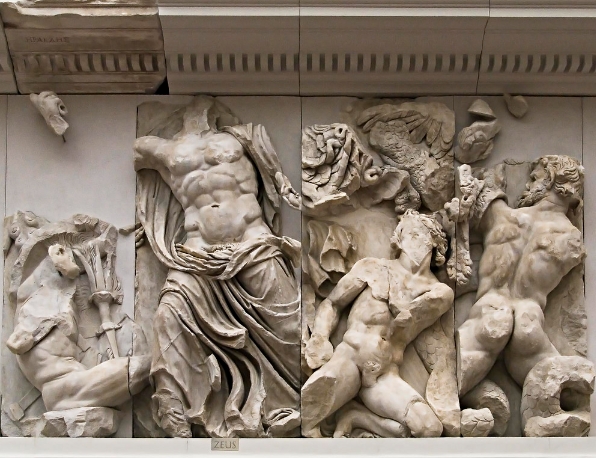Wet Drapery Technique is a unique sculptural expression technique widely used in the creation of ancient Greek statues. This technique depicts the clothing of the characters in a vivid and natural way, making the clothing look as if it is wet and close to the body, and carefully outlining the lines of the human body under the statue. Through this technique, the sculptor can show the folds of the clothing and the dynamics of the human body, allowing the viewer to feel the dynamic and beauty of the statue. The wet drapery technique not only shows the artist’s superb skills, but also reflects the ancient Greek pursuit and worship of the beauty of the human body.
In art history, the use of the wet drapery technique is represented by the statues of the Parthenon, especially the statues of Athena and Hera, which show exquisite wet drapery effects. Through meticulous depiction, the sculptor makes the marble surface present a soft drapery texture. This technique gives Greek statues a unique elegance and agility. The wet drapery technique not only shows the artist’s control over the material, but also reflects the perfect combination of reality and ideal aesthetics in Greek statues.
As a classic element in Greek statues, the wet clothing technique still has a profound impact on modern art. In contemporary art creation, many sculptors still draw on this technique, showing the relationship between the human body and clothing through delicate carvings, continuing the great contribution of ancient Greece to sculpture art.
Whether you appreciate the original work in a museum or feel its influence in contemporary sculptures, the wet clothing technique in Greek statue is undoubtedly an immortal treasure in art history.


